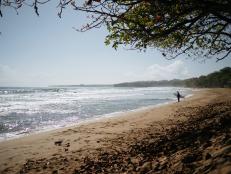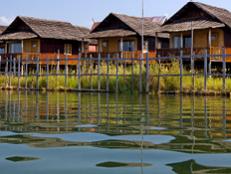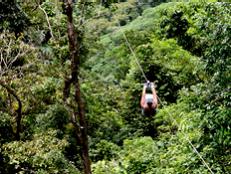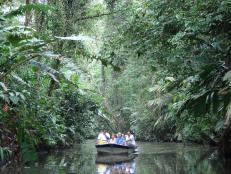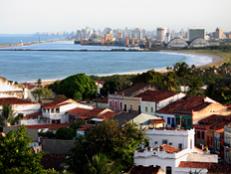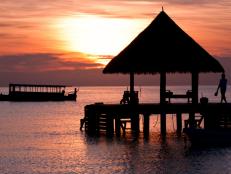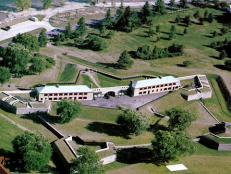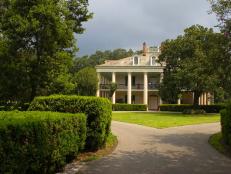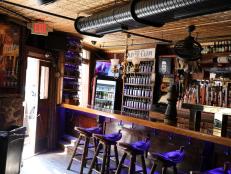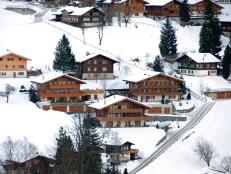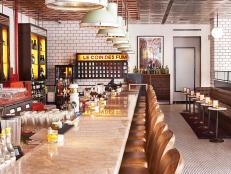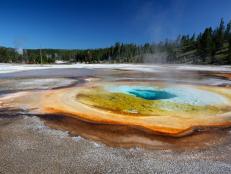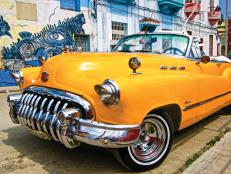Best of Brazil's Rio Grande do Sul


Photography by André Maceira
Bounded by Uruguay in the south and Argentina in the west, Brazil’s southernmost state, Rio Grande do Sul, has a lot in common with its neighbors, maybe more than its home country. Like Argentina and Uruguay, Rio Grande do Sul proudly celebrates its South American cowboy customs, along with a rich Italian and German immigrant heritage. Unlike Brazil’s northern states, it boasts sweeping mountain vistas and cool canyons instead of sultry beaches and tropical Amazonian expanses. It’s these differences that make the region so popular with Brazilian tourists. Join them to feed your inner adrenaline junkie in the highlands or get a taste of the finer things in Gramado. There’s a little something surprising for everyone in Rio Grande do Sul.

When you stand with your toes at the edge of Cânion Fortaleza in Parque Nacional da Serra Geral, you may not immediately think about the fact that you are in Brazil. The breathtakingly lush canyon dipping nearly 3,000 feet is just one of Brazil’s grand canyons, including Itaimbezinho -- an even more impressive bedrock-carved crevice that sits in Brazil’s first national park, Aparados da Serra.
The canyons showcase the ecological diversity of the Serra Gaúcha, the gaucho highlands in the eastern part of Rio Grande do Sul, and home to protected trees and distinctive wildlife like boars, ostriches and small foxes. The best place to launch an adventure into the canyons is from Cambará do Sul -- a dusty village of about 7,000 that’s named for a tree that grows in the region. Its tourism office offers information on local tour companies that coordinate hikes, rappelling, 4X4 tours, horseback rides and other heart-racing excursions.
You shouldn’t start an adventure on an empty stomach; fill up on pasta and grilled meats at Galeteria O Casarão, where the trout, chicken and polenta are prepared the way early Italian immigrants prepared them.

If sitting by a roaring fire in an alpine-style chalet is how you’d prefer to spend your down time, drive 2 hours from Porto Alegre to Gramado, as most Porto-Alegrenses do, to stroll quaint streets where hotels and store fronts look a lot like gingerbread houses, and cooler temperatures inspire the desire to sip hot chocolate or go for fondue.
The region’s German and Italian influences are on full display in this resort town, where Brazilians flock during the holidays for Natal Luz, an over-the-top, 75-day festival of lights, and celebrate their version of the Oscars during the Gramado Film Festival. Begin strolling on Avenida Borges Medeiros, Gramado’s oldest and grandest boulevard, past art galleries and handcrafted furniture stores, pausing at pretty São Pedro Church and making your way to Rua Coberta -- the covered thoroughfare lined with bars and restaurants serving Italian and German fare.
Away from the town center, you can taste a Cabernet Sauvignon Merlot blend at the Ravanello Winery, after learning about its stainless steel tank production. For the ultimate in storybook charm, stay at the Ritta Hoppner Residenz and dream in a Bavarian-inspired suite. Teatime is from 4 to 7 pm every day, complete with delightful sandwiches and a sinful apple strudel.

Avenida das Hortensias leads directly into Gramado's sister city, Canela, another quaint German and Italian immigrant outpost in Brazil, less than 5 miles away. The avenue showcases the beautiful bushes of blue flowers that we know as hydrangeas that have become synonymous with the region. Canela has a little less glitz than Gramado but just as much charm, especially with the gothic Stone Cathedral standing at its center.
Canela may be more of a mix of everything that the region has to offer. Parque Estadual do Caracol features a gorgeous 420-foot waterfall in a forest of pine-fringed araucaria trees, native to the area. It’s hard to resist taking photos of Cascata do Caracol, whether standing on an observation deck or getting as close as you can by walking down 800 steps to the waterfall’s base. In nearby Parque do Pinheiro Grosso, take trails past some of the oldest araucaria trees in the world that are more than 700 years old and measure more than 130 feet tall.
The region’s natural rocky surroundings and cool temperatures make it a good place for growing and tasting wine. Jolimont was one of the first artisanal wine producers in the area, dating back to 1948 and introducing the first Cabernet Sauvignon. Sample its current wines, fermented in an all-organic process. And, you can’t leave Brazil without a taste of cachaça --Brazil’s national drink. Flor do Vale makes its artisanal cachaça in a rustic distillery nestled in a wooded valley. As a part of your tour, play a game of archery and enjoy a nature walk around the picturesque property, which happens to have its own plunging waterfall.
